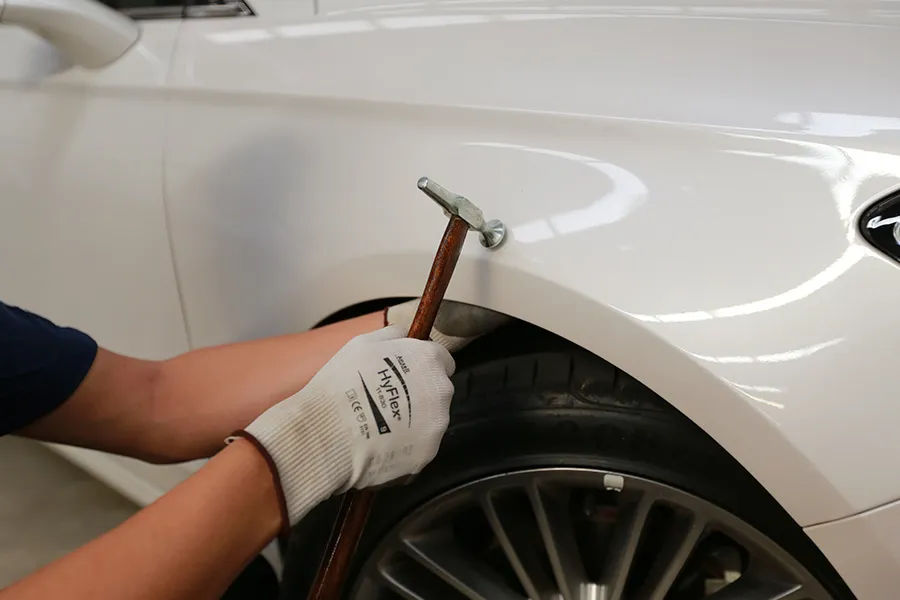How to install a plug-in tire pressure monitoring system (TPMS) from AliExpress?

Are you looking to enhance your vehicle’s safety and performance? Installing a plug-in tire pressure monitoring system (TPMS) from AliExpress could be the perfect solution for you. This guide will provide detailed steps on how to install a TPMS, help you understand the benefits of using one, and answer any questions you may have. Let’s dive into the world of TPMS and ensure your tires are always in optimal condition!
What is a Tire Pressure Monitoring System (TPMS)?
A Tire Pressure Monitoring System (TPMS) is an electronic system designed to monitor the air pressure in your vehicle’s tires. It provides real-time data, alerting you if any tire is under-inflated or over-inflated. Maintaining the correct tire pressure is crucial for safety, fuel efficiency, and overall vehicle performance.
Benefits of Installing a TPMS
- Enhanced Safety: Proper tire pressure reduces the risk of blowouts and improves handling.
- Fuel Efficiency: Correctly inflated tires can improve MPG, saving you money.
- Extended Tire Life: Monitoring tire pressure helps prevent uneven wear and tear.
- Real-Time Alerts: Receive notifications of any pressure changes immediately.
Choosing the Right TPMS from AliExpress
Before proceeding with the installation, it’s essential to choose the right TPMS for your vehicle. Here are some tips to consider:
- Look for a reputable seller with positive reviews.
- Check the compatibility of the TPMS with your vehicle’s make and model.
- Consider features such as wireless communication, battery life, and alert types.
Materials Needed for Installation
To successfully install your plug-in TPMS from AliExpress, you’ll need the following materials:
- TPMS kit (including sensors and receiver unit)
- Multimeter (for testing connections)
- Basic tools (screwdrivers, wrenches, etc.)
- Vehicle’s user manual (for reference)
Step-by-Step Installation Process
Step 1: Gather All Necessary Tools and Components
Ensure you have all the tools and components ready. This will make the installation process smoother and more efficient.
Step 2: Remove the Valve Stems
To install the TPMS sensors, you need to access the valve stems on each tire:
- Start by loosening the lug nuts on your tires using a wrench.
- Lift the vehicle using a jack and secure it on jack stands.
- Remove the wheel to access the valve stem.
Step 3: Install the TPMS Sensors
Now it’s time to install the TPMS sensors:
- Remove the existing valve stem from each tire.
- Attach the new TPMS sensors in place of the old valve stems.
- Make sure they are securely fitted to avoid any leaks.
Step 4: Install the Receiver Unit
Next, you’ll need to install the receiver unit inside your vehicle:
- Locate a suitable spot for the receiver. This can typically be under the dash or in the center console.
- Use the provided screws or adhesive to secure the receiver in place.
- Connect the receiver to the vehicle’s power source as per the TPMS manual instructions.
Step 5: Test the System
After installation, it’s vital to test the TPMS system:
- Turn on your vehicle and check the receiver display.
- Inflate each tire to the recommended pressure and observe if the TPMS registers the changes.
- If you receive any alerts, recheck the sensor installations and connections.
Common Issues and Troubleshooting Tips
While installing a TPMS, you might encounter some challenges. Here are a few common issues and how to resolve them:
- No Signal: Ensure that the receiver unit is powered and correctly installed.
- Inaccurate Readings: Check for air leaks or improper sensor installation.
- Low Battery Alert: Replace TPMS sensor batteries as needed according to manufacturer instructions.
Ongoing Maintenance Tips for Your TPMS
To ensure your TPMS functions optimally, follow these maintenance tips:
- Regularly check tire pressure, especially during temperature changes.
- Inspect the sensors for any signs of damage or corrosion.
- Keep the receiver unit clean and dry to avoid interference.
Conclusion
Installing a plug-in tire pressure monitoring system (TPMS) from AliExpress is a straightforward process that can significantly enhance your driving experience and safety. By following this guide, you can confidently monitor your tire pressure and ensure your vehicle performs at its best. Don’t wait any longer—consider purchasing a TPMS today and take a proactive approach to your vehicle’s maintenance!

LINK:
How to Install a Plug-in Tire Pressure Monitoring System (TPMS) from AliExpress
Installing a plug-in tire pressure monitoring system (TPMS) from AliExpress enhances your vehicle’s safety and efficiency. TPMS alerts you about under-inflated tires, preventing accidents and improving fuel economy. The installation process is straightforward and can typically be completed in a few steps, making it accessible even for those with minimal mechanical experience.
Steps to Install Your TPMS
1. Gather Necessary Tools: Before starting the installation, ensure you have a socket wrench, screwdrivers, and possibly a tire pressure gauge on hand.
2. Remove the Valve Stem Caps: Unscrew the valve stem caps from each tire. Keep them in a safe place; you’ll need them later.
3. Attach the TPMS Sensors: Follow the instructions provided with your TPMS. Generally, you’ll install the sensors by screwing them onto the valve stems tightly.
4. Connect the Receiver: Plug in the TPMS receiver into your vehicle’s OBD-II port, usually located under the dashboard.
5. Calibration: Most systems require calibration. Follow the manufacturer’s instructions to ensure accurate readings.
6. Test the System: After installation, start your vehicle. Check the display on the receiver to confirm that all tire pressures are being monitored accurately.
Conclusion
Installing a plug-in tire pressure monitoring system from AliExpress is an effective way to ensure vehicle safety and performance. By following a few simple steps, you can monitor your tire pressure effortlessly. This system can provide peace of mind while driving, ultimately enhancing your driving experience. So, don’t hesitate—improve your vehicle’s safety today by purchasing a TPMS from AliExpress!
FAQs
1. What is a TPMS, and why do I need one?
A Tire Pressure Monitoring System (TPMS) alerts you when your tire pressure is too low, helping to prevent blowouts and improve fuel efficiency. It’s essential for safe driving and prolongs tire life.
2. Can I install a TPMS myself?
Yes! The installation process is designed to be user-friendly. With basic tools and following the instructions provided, most users can install it without professional help.
3. How do I know if my TPMS is working?
After installation, start your vehicle and check the receiver display. It should show tire pressures for each wheel. If there’s a warning light, refer to the manual for troubleshooting.
4. Are TPMS sensors compatible with all vehicles?
Most aftermarket TPMS sensors can fit a variety of vehicle makes and models. However, confirm compatibility with your specific vehicle before purchasing.
5. How often should I check my TPMS?
Regular checks are advisable, especially before long trips or seasonal changes. Make it a habit to periodically inspect your tire pressures and the functionality of your TPMS.
6. What if the TPMS shows confused or incorrect readings?
If you encounter inaccurate readings, recalibration may be needed. Refer to the manufacturer’s instructions for troubleshooting or consult customer support for assistance.
7. Where can I buy a TPMS from AliExpress?
You can browse AliExpress’s website or app. Use the search feature to find “TPMS” and explore various options based on ratings and reviews to make a suitable purchase.

Parceiros:



